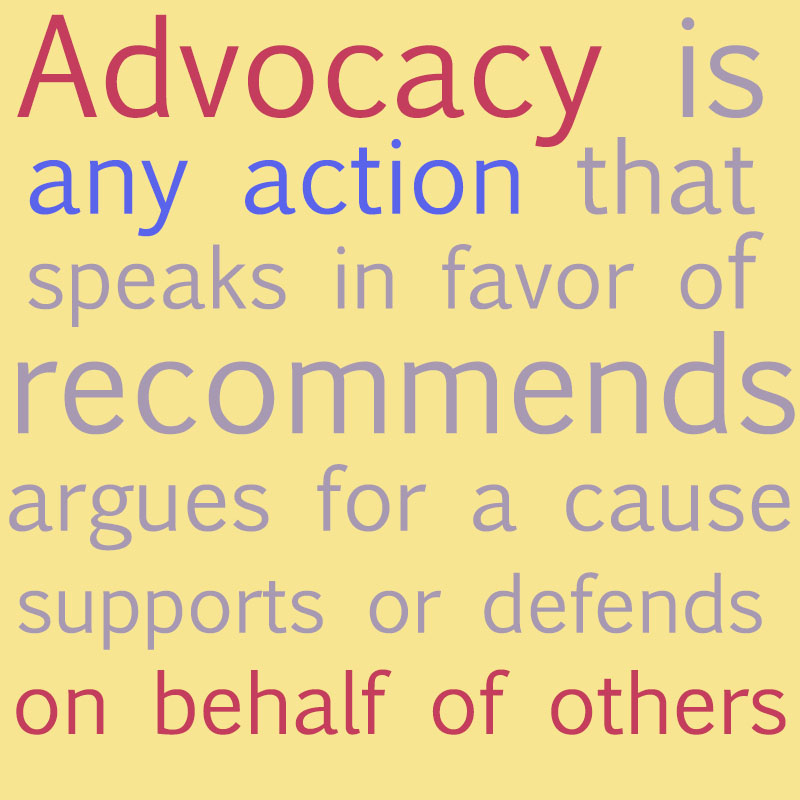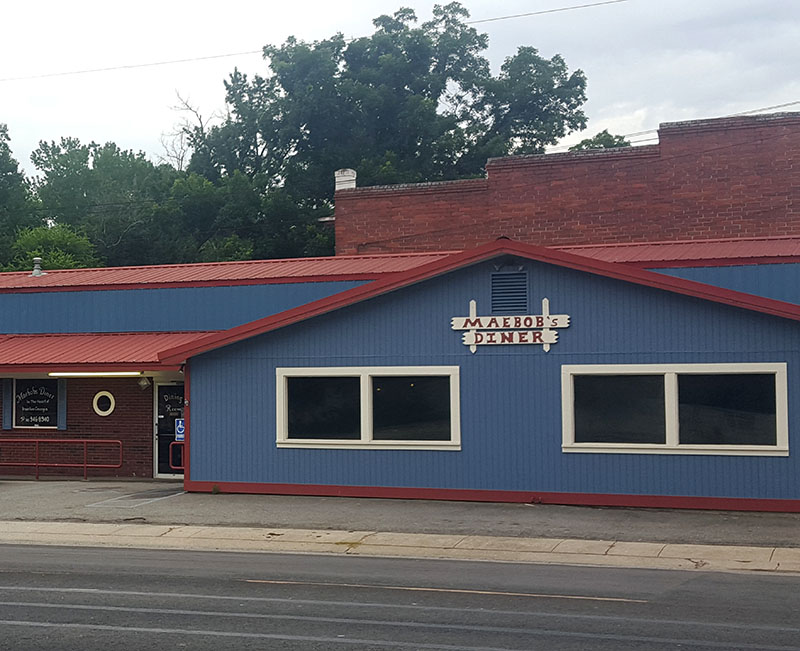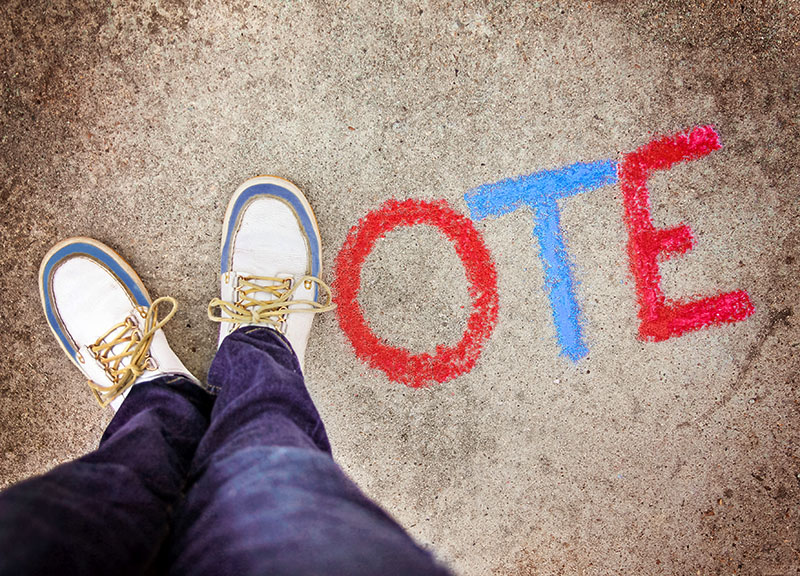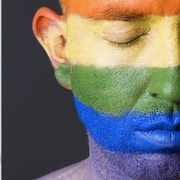Intentional HIV Advocacy in the South: Our Newest e-Learning Resource
By BA Laris, MPH & Nic Carlisle, JD | March 29, 2018
Program Manager, ETR (BAL) & Executive Director, Southern AIDS Coalition (NC)
When you hear the term “HIV and AIDS advocacy,” what do you think of? In our work we have found there are typically two responses:
“Yes! This is how we get our voice heard!”
“Umm, well, I am glad people are working on these issues, but I don’t really know how that all actually works.”
A Resource for You
Whether you fall into one of these perspectives or somewhere in the middle, keep reading! We have a new resource for you—our free e-learning course on Intentional Advocacy in the South. With this resource, we focus on connecting your experience in personal or client-level advocacy in ways that can help you engage in a broader public agenda: to support HIV and AIDS treatment and prevention in the southern United States.
 Not from the South? Not doing work that focuses on HIV? Keep reading! The principles of advocacy adapt well across locations and areas of focus. Also, the proud and powerful Southerners who have contributed to this resource have plenty to teach others. We are confident this resource will have meaning and impact for people across this nation doing all kinds of client-centered work.
Not from the South? Not doing work that focuses on HIV? Keep reading! The principles of advocacy adapt well across locations and areas of focus. Also, the proud and powerful Southerners who have contributed to this resource have plenty to teach others. We are confident this resource will have meaning and impact for people across this nation doing all kinds of client-centered work.
Advocacy: What It Is
Advocacy is any action that speaks in favor of, recommends, argues for a cause, supports or defends, or pleads on behalf of others. It includes public education, regulatory work, litigation, work before administrative bodies, lobbying, voter registration, voter education, and more.
The goal of advocacy is to ensure that people have their views and wishes genuinely considered when decisions are being made about their lives. Up to now, both data (see here and here) and personal stories have shown that the voices of people in the South have not been heard. This is especially troubling because our southern region has a high incidence of HIV, high number of AIDS diagnoses, high HIV-related death rates, a high level of HIV-stigma and few resources.
We believe we can change this.
Build On What You’re Already Doing
Many people are already doing some level of advocacy and don’t realize how easily they can build on that work. For some, this is individual-level advocacy—for example, speaking out about things that benefit them directly in their lives. For others, it might be client- or organizational-level advocacy, such as sharing information or convincing others to adopt a position to benefit a client or organization they support. There is also issue-level or public interest advocacy, which garners power for broad systemic changes.
Here’s a way we like to think about the different types of advocacy. Individual advocacy is like using a fire extinguisher to put out an individual fire. Public interest advocacy is installing the fire alarms and sprinkler systems to prevent that fire from happening in the first place. This advocacy style works to implement broader measures by supporting or opposing specific policies, laws or pieces of legislation.
The experience of the Southern AIDS Coalition (SAC) demonstrates the importance and effectiveness of actively supporting policies designed to (1) reduce HIV-related health disparities, and (2) promote greater health equity among people living with or at heightened risk for HIV in the South.
 Nowhere is this more evident than within the HIV movement, where everyday people living with HIV and their allies forever changed the course of the epidemic. Our earliest advocates stood up and demanded services that were responsive to their needs and to the realities of the experiences they lived. These individuals and organizations profoundly influenced the planning of HIV prevention and care services on the national, state and local levels. They showed the country and the world the power of advocacy.
Nowhere is this more evident than within the HIV movement, where everyday people living with HIV and their allies forever changed the course of the epidemic. Our earliest advocates stood up and demanded services that were responsive to their needs and to the realities of the experiences they lived. These individuals and organizations profoundly influenced the planning of HIV prevention and care services on the national, state and local levels. They showed the country and the world the power of advocacy.
Join the Advocacy Generation
Now more than ever, we need a newly invigorated generation of advocates in the HIV movement. This is especially true in the South, where widening HIV-related disparities and health inequities threaten the lives of our people and impede real progress toward ending the epidemic.
When we talk about the new generation, we’re not talking about age here. We are talking about invigorating people of all ages to bring strong skills, rich resources and the power of their commitment and passion to HIV advocacy. We want you to join the new generation of advocates!
Many of our partners have told us that they don’t know where to begin to get involved in advocacy. We suggest two specific steps that can start you on your advocacy journey:
- Learn more about advocacy by taking our e-learning course.
- Join SAC or other regional organizations to become part of the larger advocacy movement wherever you live.
What’s In the Course?
Here is an overview of the course:
Section 1: Setting the Stage. To begin the advocacy journey, we describe the power of advocacy for southern organizations, define the types and approaches to advocacy and explore ways to incorporate advocacy to strengthen the work you are already doing.
Section 2: The Assessing Phase. To begin the process of developing a customized advocacy plan for your agency, we believe it is critical to start by assessing your advocacy landscape. This section describes the four key steps for you to follow to assess your own advocacy landscape.
 Section 3: The Strategizing Phase. To continue the process of developing a customized advocacy plan for your agency, once you have assessed your advocacy landscape, the next phase is to create your advocacy strategy. This section walks you through the six steps in this strategizing phase.
Section 3: The Strategizing Phase. To continue the process of developing a customized advocacy plan for your agency, once you have assessed your advocacy landscape, the next phase is to create your advocacy strategy. This section walks you through the six steps in this strategizing phase.
Be Sure to Let Us Hear From You
We hope you’ll take the course and then tell us what you think of it. Are you a Southerner? What’s it like to take a course that responds directly to the needs and strengths of your region? Are you from another area? How can you adapt these messages and guidelines to work with the clients you see? Do you work in a focus area other than HIV? What are some of the similarities and differences between our examples and the people you support?
We look forward to some good dialogue, and some powerful new advocacy actions, as we move forward.
This course was made possible by GILEAD Sciences funding and their commitment to advocacy and capacity building with community-based organizations in the South. We want to give special thanks to six courageous agencies (NAESM, WOMEN, BASIC NWFL, Us Helping Us, Abounding Prosperity, and Atlanta Harm Reduction Coalition) who participated in the Intentional Advocates Project. They engaged in a critical reflection process th at explored the barriers to advocacy as it relates the philosophical, operational, and financial challenges faced by many organizations doing similar work. Their experiences and support made this e-learning possible to support HIV/AIDS prevention and treatment organizations working in the southern United States.
at explored the barriers to advocacy as it relates the philosophical, operational, and financial challenges faced by many organizations doing similar work. Their experiences and support made this e-learning possible to support HIV/AIDS prevention and treatment organizations working in the southern United States.
BA Laris, MPH, is a Program Manager at ETR. She can be reached at bal@etr.org. Nic Carlisle, JD is Executive Director, Southern AIDS Coalition. He can be reached at nic@southernaidscoalition.org.





